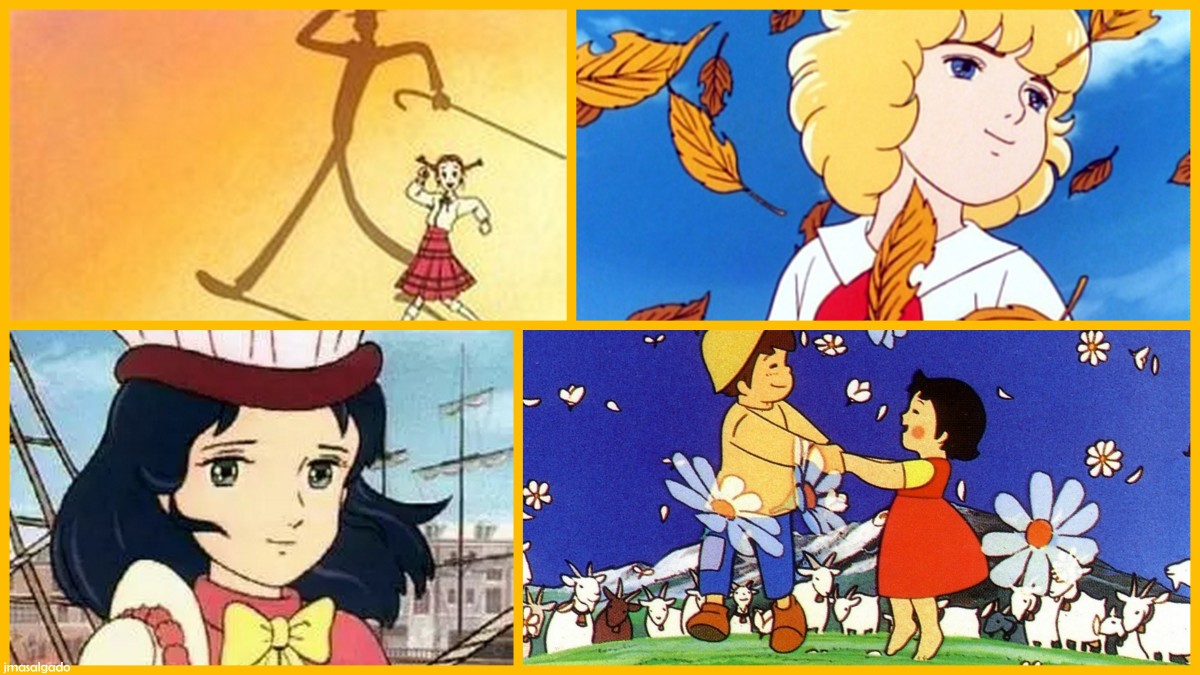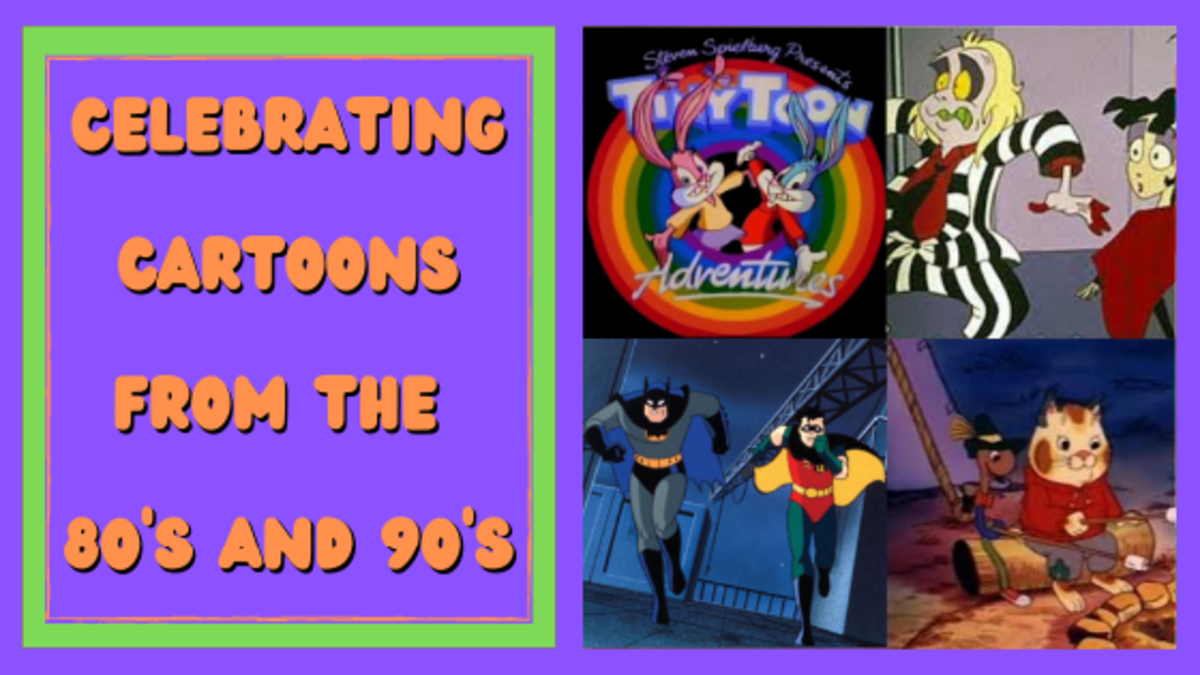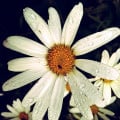Four Types of Animated Children's Film
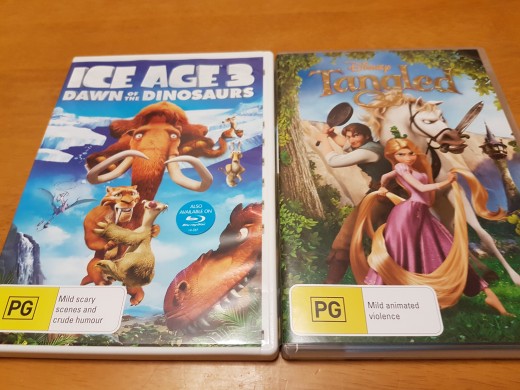
Are all cartoons alike?
Cartoons are "just cartoons" aren't they? They can be funny, but they are for kids and there is nothing very important about them.
Wrong! In my studies at the University Of New England (Australia) I had my eyes opened. Cartoon making is a very serious business and can be a wonderful form of artistic expression.

Did you know?
- Cartoons are very expensive to make as they are either painstakingly hand-drawn or require computer animation effects.
- There are at least THREE main schools of cartoon makers.
- There are actually four main schools of cartoon makers if you count the Aussie/New Zealand slant, which we will deal with later.
- Well read on - and find out what I discovered. We start with the opinions of director and critic Luca Rafaelli and then discuss some real cartoons.
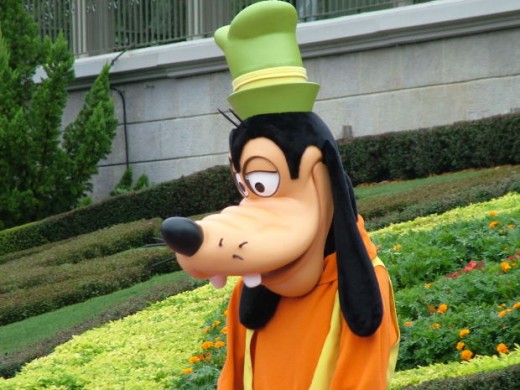
Animation school number one: Walt Disney
Raffaeli (1997:112) describes the Disney philosophy as “one for all” because the films focus upon the quest of an individual for success and identity.
In the American cultural context, the individual or small group may represent the interests of the audience and presumably humankind as a whole.
Rafaeli says Disney created “parallel realities”, with their own rules and forms of expression. (115) The film or episode typically begins with a problem, which must be explained and resolved, while the characters remain relatively constant throughout. (119)
Mickey Mouse Clubhouse (2006-2016)
Mickey Mouse Clubhouse is a popular Saturday morning children's show. It showcases a variety of Disney short cartoons, including Mickey Mouse and other popular characters from the Disney comic book era. The current television program follows on from the The Mickey Mouse Club (TV Series 1955–1958) and The All New Mickey Mouse Club (TV Series 1989–1994).
- Cartoons on this show demonstrate Disney's ability to create a screen reality.
- The images are complete with perspective, dimensions and textures.
- The characters are constantly moving their limbs, walking and displaying facial expressions.
- There is a focus on individual need and the humour is reminiscent of situational comedy.
- There is a narrative story line which often features a crafty villain, situational comedy and a happy ending.
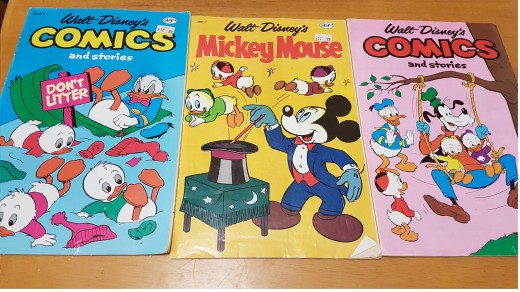
A glance through a Disney comic book reveals the reason why animation is expensive. The story is shown using a series of pictures. If these pictures are to join together to create smooth narrative, giving the impression of movement, hundreds of frames will be needed, with the characters drawn slightly differently in each frame to create their movement. The background will also have to undergo slight adjustments to match.
The Disney feature movies follow the same principles, but are even more complex, featuring popular music as well as excellent animation. They remain popular with children world-wide for years after their release into the cinema.
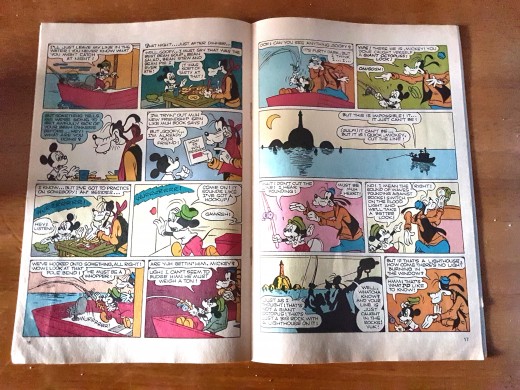

Animation school number two: Warner Brothers
Raffaeli (113, 115) describes the alternate philosophy represented by Warner Brothers as “all against all”.
Films are often "shorts", the characters are designed to live in a state of conflict and chaos.
Many characters are paired with their arch-nemeses and follow each other around in a hopeless struggle to gain the upper hand.
Characters are also often in conflict with society and the environment.
Caricature and exaggerated motifs abound, with the artistic point of view focused on the comedic.
Plot lines are often circular and repetitive.
Reality is suspended as characters may be decimated, yet get up immediately and address the audience.
Raffaeli (122-123) also observes that the characters commonly do not gain wealth, and have no interest in saving the world.
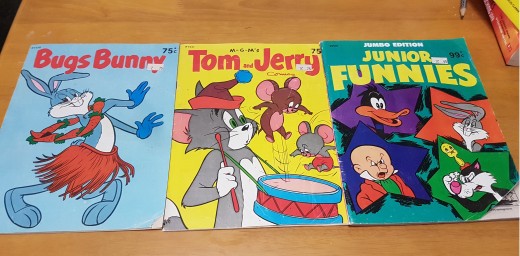
Looney Tunes: Reality Check (2003)
Looney Tunes: Reality Check is a film produced by Warner Brothers in 2003. It is colourful, fast moving and entertaining. Some differences can be observed between this animation and that of a Disney production.
- In Looney Tunes cartoons the backgrounds is composed of solid blocks of colour which fills the picture economically.
- There is little attempt at creating perspective.
- The production shows economy as the characters locomote quickly and sharply.
- This DVD features maintains the classic enmities between the characters, who can not work together to win.
- The action follows “nonsense logic”, as Wylie Coyote sends a missile, which misses when Roadrunner jumps, and then threatens Granny, who orders it to desist!
The Warner Brother's animation draws upon the rich heritage of comics and shorts featuring the "Toons" characters. It may be a coincidence, but when I picked up a comic, it was drawn in black and white compared to Disney's full colour spread.
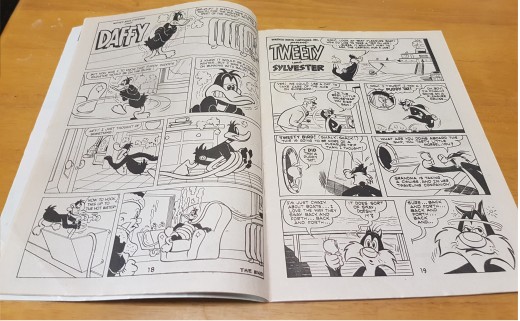
Animation school number three: Japanese Animation
Raffaeli describes the philosophy of Japanese animation as “all for one” because it portrays a culture in which the individual is loyal to the group, and the needs of the character may be subsumed to save the world. (p.112)
Raffaeli also suggests the Japanese save money by omitting intermediate drawings, are economical in the creation of background, use voice-overs to convey emotion, and play with time to emphasise drama. (pp.127-30)
The focus is on “fear” and the story-line features fantastic heroes and super-villains.
Dragon Ball GT
The animation on Dragon Ball GT shows some of the classic features of Japanese animation.
- The action appears to move quickly with many abrupt changes of angle.
- There are few intermediate animations.
- The camera pans over a drawn scene or commences close to a drawn character and pans out.
- Background detail is minimised.
- Special effects are created as colour floods the drawing or a crash cloud is drawn across a scene.
- Go Ku combats a superdemon and wins each challenge, but the monster appears to fight again.
- A second hero appears and the two characters merge to weaken the monster. The emphasis is on risk, and the episodes are very intense.
- These features can be seen in other popular anime, such as the cover art for Spice and Wolf, below.
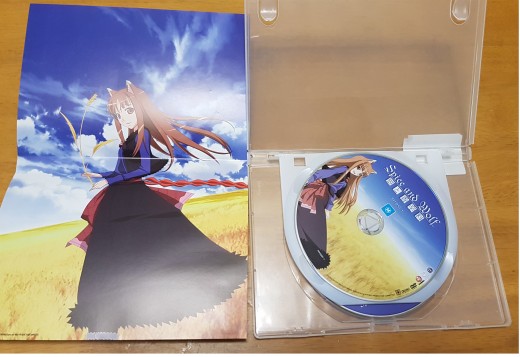
Animation school number four: What about the Australian scene?
Now we have looked at American and Japanese animation, that leaves us wondering what has been developed down under in Australia and New Zealand. One of Australia's most notable animation creators is Yoram Gross. We will start fro the point of view of a critic called R. Caputo and then move into considering some real cartoons.
Caputo (2000:353-354) notes a number of unique features of Yoram Gross' animated art.
- Gross' early productions use a mixture of animation and live action, cleverly combining real background images with cartoon characters.
- The subject matter is Australian and adroitly mixes fantasy with the bush.
- There is also frequently a social/environmental message as the characters are “displaced” and their homelands come under threat.
As will be demonstrated through the analysis of Blinky Bill (film 1992) and Skippy (series 2005), Yoram Gross' art does utilise mixed media and contain uniquely Australian elements. It also has a universal appeal as it incorporates humour and represents concerns common to human nature.
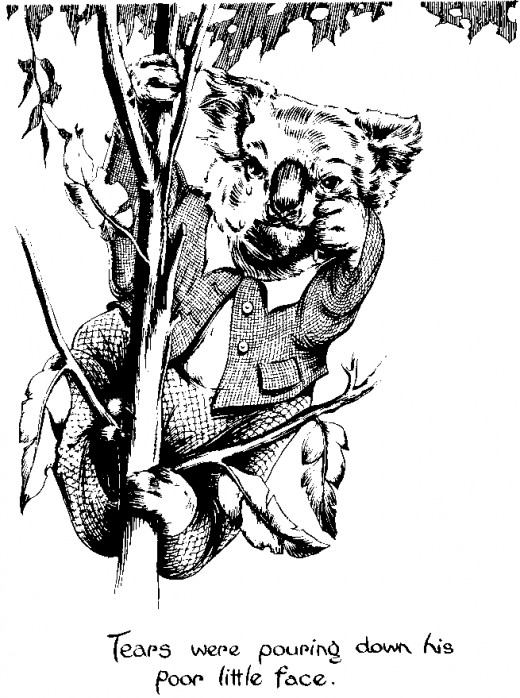
Blinky Bill: the mischievous koala (1992)
Blinky Bill is an animated movie based on Dorothy Wall's children's book series. The movie commences with a realistic bush scene which has been filmed on location, and features cartoon characters animated across the surface. Country music is played in the background on a guitar or banjo, and the cartoon characters are Australian native animals, including clothed koalas, platypi, wombats, kookaburras and marsupial “mice” or “rats”. A safe haven is established using a lullaby.
Then animated humans arrive and cut down the trees. The animals must flee to a “camp”. Blinky Bill returns to search for his mother, who fell with her tree, and his friend Nutsie gets trapped in the loggers' compound. Much burlesque humour is created as the animals blunder around trying to rescue Nutsie, finally succeeding with the assistance of the human girl who recognises the similarity between Nutsie and her toy. While the landscape and animals are uniquely Australian, the theme of conservation is universal as forests are being felled in other parts of the world. The flashback to Blinky Bill's family life also portrays universal concerns of birth, parenting, education and the search for identity.
Blinky Bill uses real scenery, which is replaced by drawn images as the storyline requires.
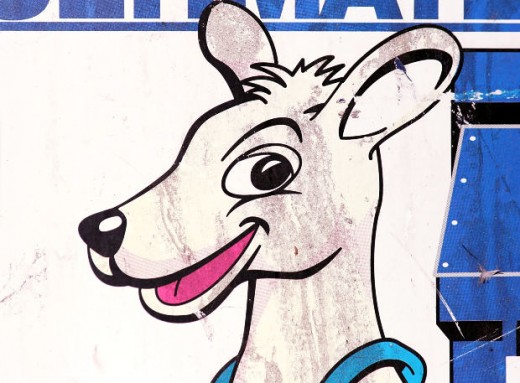
Skippy: Adventures in Bushtown (2005)
Skippy, however commences with what could be a landscape blurred so that the cartoon characters mesh with it, and quickly switches to drawn scenery. The attention to detail shows the influence of real scenery, and images may well be transcribed from a photograph. The ground is sandy yellow, the sky is blue with only light clouds and the vegetation is eucalyptus scrub-land, creating an impression of authentic “Australianness”.
Other Australian elements include the choice of animals, which include kangaroos, koalas, platypi, pelicans, snakes, and crocodiles, with some domesticated animals such as cows and pigs. These animals are humanised to the extent where the species of origin is obscured, and populate the township in place of humans.
Australian accents and figures of speak are creatively combined with historical references to fill out the humorous storylines.
Elements of universal appeal include the humour, the incorporation of human psychology into the animals, the scams and intrigues of the crocodile villains and the counter scams by which the lead character, Skippy, foils their plots. A social/environmental theme can still be found running through the story lines, but Yoram Gross, whom the Starkiewitz interview (1984:336) identifies as aiming to teach, has now learnt to deliver a message without overstating his case. Overall the Skippy series represents a mature and sophisticated artistic product, which is still suitable for children.
Sources:
- Caputo, R. 1993 “The Animated Features of Yoram Gross” in Australian Film: 1978-1992, (ed. Scott Murray) 1993, Oxford University Press, Oxford, pp.352-354
- Raffaeli, L. 1997 “Disney, Warner Bros. and Japanese Animation” in A Reader in Animation Studies, (ed. Jayne Pilling) 1997, John Libbey, Sydney, pp.112-136
- Starkiewitz, A. “Yoram Gross : interview”, Cinema papers, Vol. 48, 1984, pp.334-338
- Toei Animation Co., Ltd. 2004 Dragon Ball GT: Conversion, Bird Studio/Shuesha Toei Animation, Licensed and distributed by FUNimation Productions Ltd.
- Walt Disney Studios, The Emperor’s New School, episode aired on Channel 7, during Saturday Disney, 7:00 a.m., 8 November 2008
- Walt Disney Studios, Mickey Mouse Clubhouse, episode aired on Channel 7, 6:00 a.m., 8 November 2008
- Warner Bros. Entertainment Inc. 2003 Looney Tunes: Reality Check, Distributed by Warner Home Video Pty. Ltd., Pyrmont, N.S.W.
- Yoram Gross, (pr.) 1992 Blinky Bill: the mischievous koala, Yoram Gross Film Studio & Australian Film Finance Corporation, Distributed by Roadshow Home Entertainment
- Yoram Gross, (pr.) 2005 Skippy: Adventures in Bushtown, Yoram Gross – EM TV PTY. LTD. Distributed by Magna Pacific
Do you LOVE poetry?
- Poetry Appreciation and Analysis Skills on openlearning.com
This course forms the equivalent of an intensive holiday coaching programme, and is available online at all times. Your chances of success in Engli...
© 2009 Cecelia



